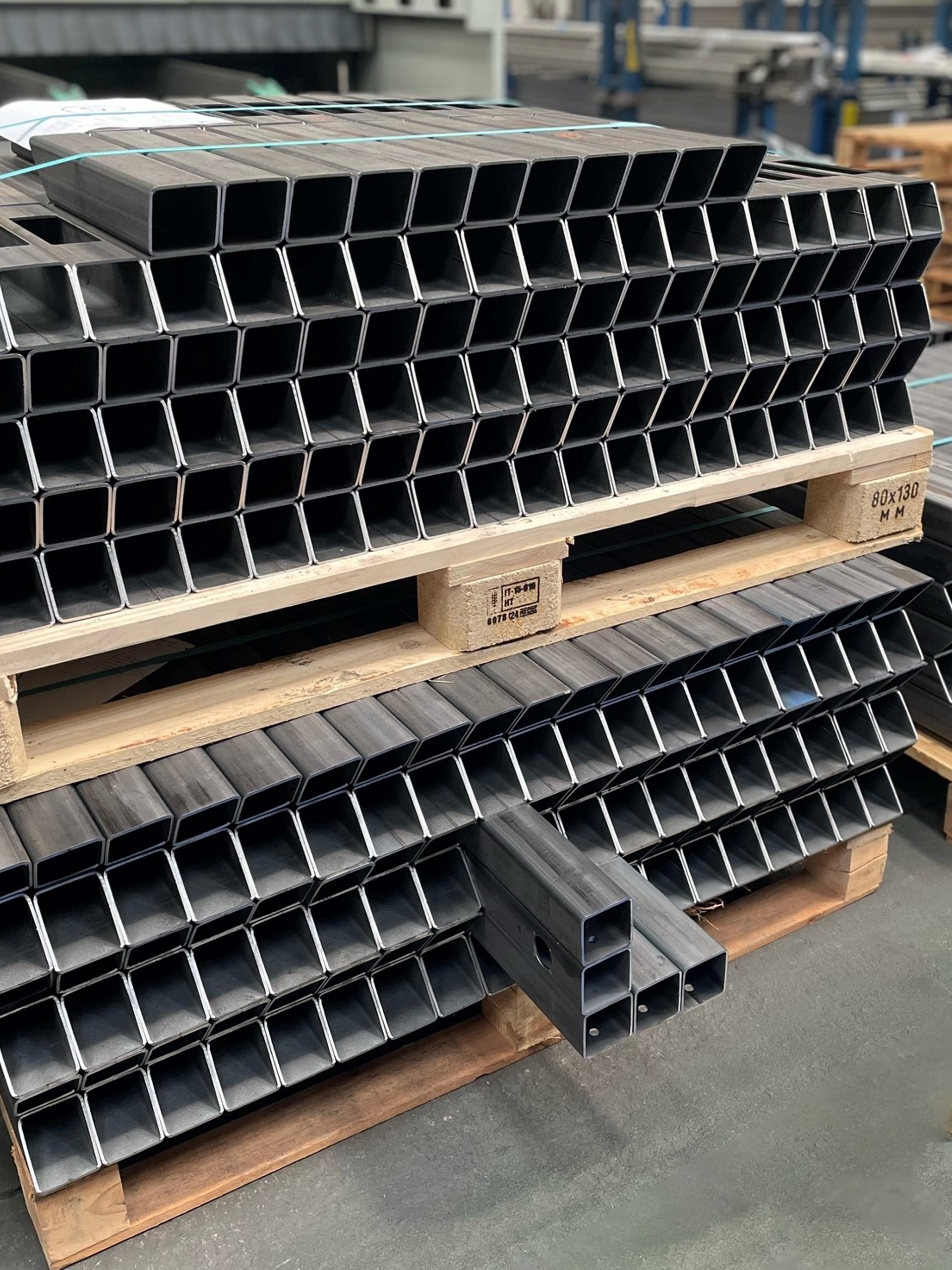Laser cutting is not just about slicing through steel plates or cutting neat shapes into aluminium sheets… It’s a technology that gives precision, flexibility, and efficiency across a wide variety of materials.
At its core, laser cutting is about focusing a beam of light to deliver clean, accurate cuts. The type of material, its thickness, and the application all play a role in how the process is set up. Understanding what can (and can’t) be laser cut helps engineers, designers, and buyers make the most of this technology, whether that means prototyping a one-off design or scaling up into full production.
This guide breaks down the main materials suitable for laser cutting, their recommended thickness ranges, and best practices for achieving the highest quality results.
Affordable and precise laser-cut profiles at competitive rates.
Quick and reliable laser cutting with fast turnaround times.
UK Delivery: Reliable laser-cut profiles shipped nationwide.
Not all materials respond to a laser beam in the same way. Factors like reflectivity, thermal conductivity, and density determine how efficiently the laser interacts with the surface. Metals with high reflectivity (such as copper and brass) require more control and care than materials like mild steel, which absorbs laser energy more easily.
This is why knowing your material limits and working ranges is key to high-quality, cost-effective production.
Flat Bed Cutting: up to 30mm
Tube Cutting: up to 12mm
Mild steel is one of the most commonly laser-cut materials. Its lower carbon content makes it easier to process, delivering smooth, clean edges and high dimensional accuracy. Mild steel can be cut quickly and efficiently in both thin sheets and thick plates.
Applications: structural parts, brackets, panels, and general fabrication.
Flat Bed Cutting: up to 30mm
Tube Cutting: up to 8mm
Stainless steel is harder to cut than mild steel, but laser technology ensures excellent edge quality without burrs.
Applications: food processing equipment, medical devices, architectural features, and precision components.
Flat Bed Cutting: up to 16mm
Tube Cutting: up to 5mm
Copper’s reflectivity and thermal conductivity mean it absorbs less energy from the laser, requiring higher power and careful control. Modern fibre lasers, however, are capable of cutting copper cleanly and reliably.
Applications: electrical components, heat exchangers, and decorative features.
Flat Bed Cutting: up to 30mm
Tube Cutting: up to 8mm
Lightweight and corrosion-resistant, aluminium is popular across industries from aerospace to automotive. Its reflective surface can make it more challenging, but fibre lasers handle aluminium efficiently when paired with the correct settings.
Applications: lightweight frames, machine components, enclosures, and transportation parts.
Flat Bed Cutting: up to 12.7mm
Tube Cutting: up to 8mm
Like copper, brass is reflective but well-suited to fibre laser cutting. Its distinctive golden finish makes it popular in decorative and architectural projects, while its machinability ensures consistent results.
Applications: signage, fittings, ornamental parts, and precision engineering.
Match laser type to material: Fibre lasers excel with reflective metals like aluminium, brass, and copper.
Prepare the surface: Ensure material is flat and clean for optimal cut quality.

Laser cutting’s strength lies in its ability to work across multiple metals, from mild steel to brass, with speed, accuracy, and repeatability. By understanding the unique characteristics and thickness limits of each material, engineers and designers can unlock the full potential of this versatile process.
Whether you’re cutting 30mm thick stainless steel plates or producing intricate 5mm copper components, laser cutting delivers results that traditional methods struggle to match.